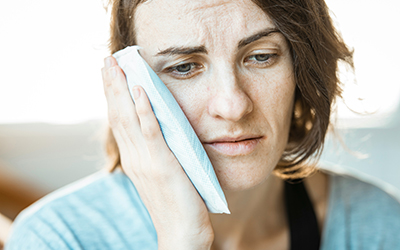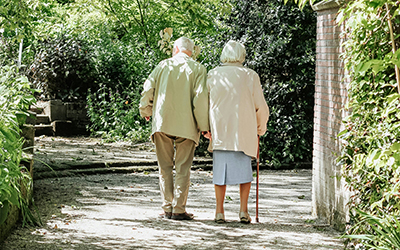Did you know…
Adults Age 65 or Older
- 1 out of 3 adults fall each year
- Falls are the leading cause of injury death, and the most common cause of nonfatal injury & hospital admission for trauma
Many people who fall, even if they are not injured, develop a fear of falling. This fear may cause them to limit their activities, which leads to reduced mobility and loss of physical fitness, and in turn increases their actual risk of falling.
Balance
A person can become disoriented if the sensory input received from his or her eyes, muscles, joints, or vestibular organs sources conflict with one another.
- Joints and Mechanoreceptors– As joints age, mechanoreceptors become less sensitive.
- Cerebellum and Brain– Movements and neurological function decreases as we age.
- Inner Ear- Vertigo is a common cause of falls.
- Sense of Sight– Vision decreases as we age and diabetes is the leading cause of blindness in
- Sense of Touch– Diabetic neuropathy can mean loss of feeling, which can lead to poor balance.
How Can Physical or Occupational Therapy Help?
- Evaluate each patient to find which of these symptoms are affecting the ability to balance.
- Review the patient’s medical history
- Review the patient’s medication list
- Perform a clinical observation
- Berg balance scale test
- Specific tests for vertigo



